Saturday October 28, 2018
By: Jaylan ElShazly
“The things worth doing seldom come easy” – Author Unknown
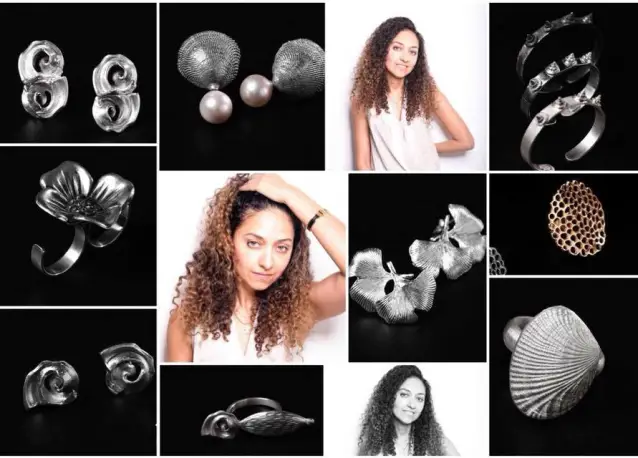
Sitting on a Red Sea beach for the first time after recuperating from a devastating accident, Maggie Riad pondered about her life and where to find strength to continue her journey as a jeweler. She hadn’t regained yet full function of her legs and arms after a maniac driver hit her while jogging one early morning. With her limited mobility, her only source of entertainment was ruffling through the seashells on the shore.
At the time of the accident, Riad was attending jewelry design classes. She was in the process of shifting her career from an economist to jewelry making. On the beach, she looked for seashells that were not broken. When she could not find any, she looked at the broken seashells and reflected on how perfectly imperfect they were, and how they reminded her of her own broken bones that were slowly healing. These broken seashells inspired her first collection of jewelry.
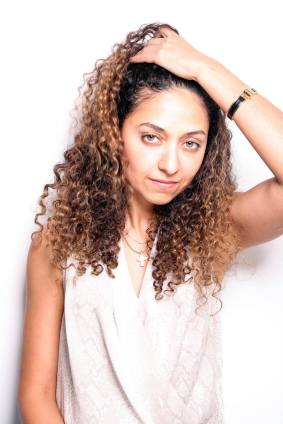
With B.A. degrees in Broadcasting, Economics and Translation, a Masters’ degree in Development Economics, and 10 years working in several organizations, Maggie still felt her professional accomplishments were incomplete. After exploring her options, she quit her job, and set out to become a jewelry maker, a journey which culminated with the launch of her own collection in July 2017. We sat down with Maggie to talk about her newfound passion and career.
WOE: Tell us about your decision to become a jeweler. What inspired this shift?
MR: I decided to become a jeweler in 2015, at the time I was working in my family’s business as a business development manager in firefighting solutions, after trying to find my passion in broadcasting and in development. But I still felt unfulfilled. So, I started thinking more broadly about my interests and decided to take a course in Gastronomy. I also signed up for a wax molding class at Azza Fahmy Design School. I quickly found that I loved the time I spent working with my hands. I found it both inspiring and relaxing. Moreover, I was always fascinated by jewelry, since jewelry is often bought out of passion and not rational thinking, which I found really special. And that’s really how I knew I had found my calling.
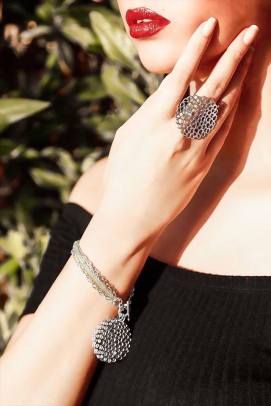 WOE: How did you learn to design and make jewelry?
WOE: How did you learn to design and make jewelry?
MR: As soon as I realized that jewelry making is what I wanted to do, I joined the Graduate Bench Jeweler program at New Approach School (NASJ) in the US. There, I learned hands-on skills of standard bench Jeweler techniques such as fabrication, wax modeling, engraving, and stone setting. I also took two courses at the Jewelry Technical Centre (JTC) in Cairo, these were intensive courses where I worked with very skilled craftsmen and women for over 100 hours per course. Finally, I took two more courses focusing on design and building motifs at Azza Fahmy Design School.
Before launching my own collection, I also interned in Spain with Ferràn Iglesias Barón who is a renowned artist and educator in the field.
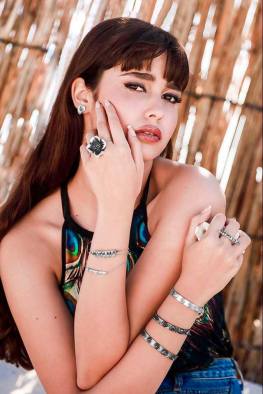 WOE: Where and how do you make your jewelry? Does anyone help you?
WOE: Where and how do you make your jewelry? Does anyone help you?
MR: I work from a home office for now, where I mostly do all the designing and jewelry making myself. In case I need to deliver more than my capacity, I give a prototype to a workshop I trust to help. However, the process of making the jewelry is what I find most enjoyable, so I usually make all of my pieces myself.
WOE: What was the hardest thing you had to overcome to see this happen?
MR: The hardest thing was my medical situation over the past year and a half. I got hit by a car while jogging early in the morning with a friend in March 2016. I broke my legs and my arms and collarbones. It is impossible to do manual labor when you cannot move. Once I gained enough motor skills I resumed work. But feeling vulnerable – as I limped from workshop to workshop and dealt with partners who looked at me with sympathy rather than respect – affected me greatly. I was already in unchartered territory working to launch my first collection, so it made me feel even weaker. Also, this process required huge physical effort, and because everyone was concerned over my health, I couldn’t really complain and trouble them further. But nothing really stopped me from pursuing my dream.
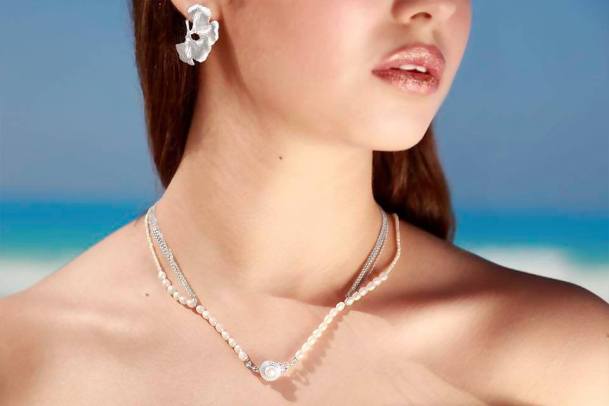
WOE: Did you face other challenges starting out?
MR: One of the most difficult challenges I faced was to learn how to use my hands in a different way. We are raised and trained to be desk employees and have therefore not developed the muscle strength or the technical expertise to do strenuous labor that relies heavily on crafting with our hands. Mastering these skills takes time and effort to develop, and increase your technical and physical abilities. I also found that developing the skills required to translate the vision in my head to a design on paper, and then eventually form it with my own hands. Having the end result look as I envisioned was quite hard. It requires a lot of practice and training.
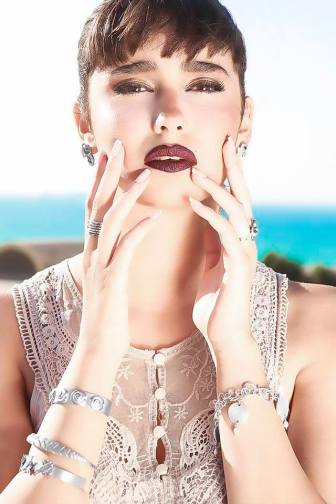 WOE: How did you convince your family and close ones to support you in this transition?
WOE: How did you convince your family and close ones to support you in this transition?
MR: My family was surprised that I wanted to pursue this career, since jewelry making typically runs in families. They were not very convinced, and humored me as I was going through a mid-life crisis. I believe it is difficult for our parents’ generation to understand our need for personal fulfillment from a career, not just an income. In addition to that, handcrafting is not always looked upon in the best of lights, which made it harder to convince people that this is what I wanted to do. My friends were supportive though, but I think they could not imagine that I was going to make intricate pieces, especially since I do not usually wear extravagant jewelry myself.
WOE: What were the most memorable parts of the journey so far?
MR: One of the most exciting moments for me was that moment when I was uploading the pictures of the finished product on my Facebook page. It was very rewarding to receive positive feedback and see orders coming in quickly. It was a very motivating experience.
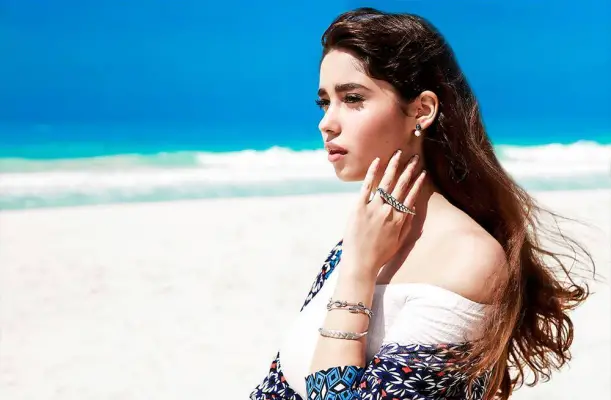
WOE: Tell us about your current collection and how it came about.
MR: My aim was to design special, yet comfortable pieces of jewelry. Even though I design custom made statement pieces, I wanted my collection to have pieces you would cherish and wear every day.
For this collection, I chose to work with seashells which I found in Soma Bay on my first trip after my accident. This ‘Human Seashells’ collection isn’t only about my journey as much as it is about the human journey through life, defined by obstacles, growth, and pursuit of happiness. The collection looks at challenges in retrospection, celebrating beauty and growth.
Perfect shells are nowhere and everywhere to be found, just like human seashells. Beauty and perfection are our illusions and simultaneously our constant reality.
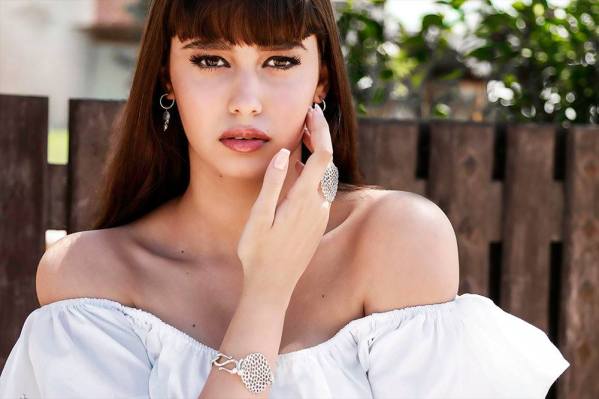
WOE: What about your future collections? And what do you hope to achieve with it?
MR: I am planning to develop a collection for men, as well as new pieces for Christmas, New Year’s and Valentine’s Day, which are the next big occasions on the horizons. I am also planning to work with 18-carat gold, starting next year, which is both beautiful and versatile.
I hope to learn more intricate designs to keep my pieces diversified and fresh, and I would love to participate in exhibitions and competitions in the future, and continue to travel and find inspiration from the world around me.
WOE: Who are the jewelry designers who inspire you?
MR: I am inspired by the designs of Elsa Peretti, Bibi Van der Velden, and Alice Cicolini. I also love Tiffany’s, especially their vintage floral and animal designs by Jean Schlumberger and Donald Claflin.
WOE: And finally, what would you advise those who are contemplating a change in their life’s trajectory?
MR: My experience has taught me that having options make you slower. Once you commit to something whereby it is your only option, you are a lot more likely to succeed. So, I would urge others not to wait, and not to give themselves an easy way out. If you are passionate about something, get started! The sooner you start, the more hours you have to spend working on the thing you love, and the better you will become.
You can see Maggie Riad’s Jewelry on the ‘Maggie Riad Jewellery’ Facebook page and Instagram account.
***If you liked this article, subscribe to the magazine and receive our articles in your email.
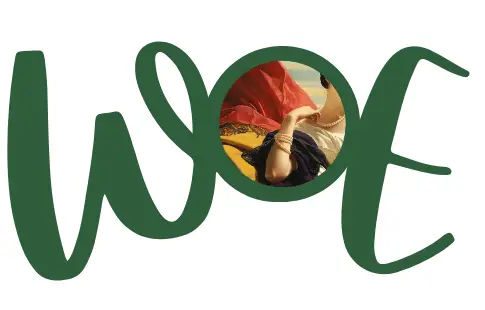
Very impressive
LikeLike